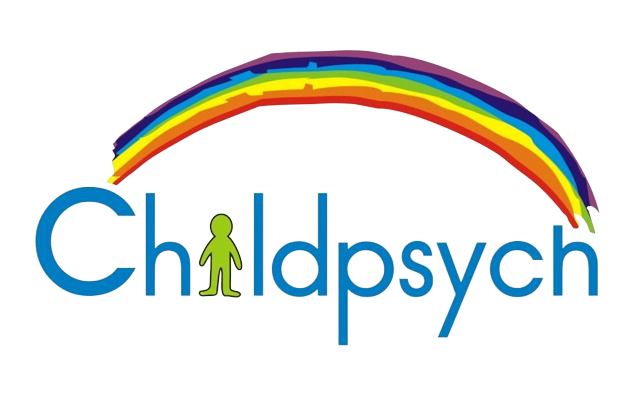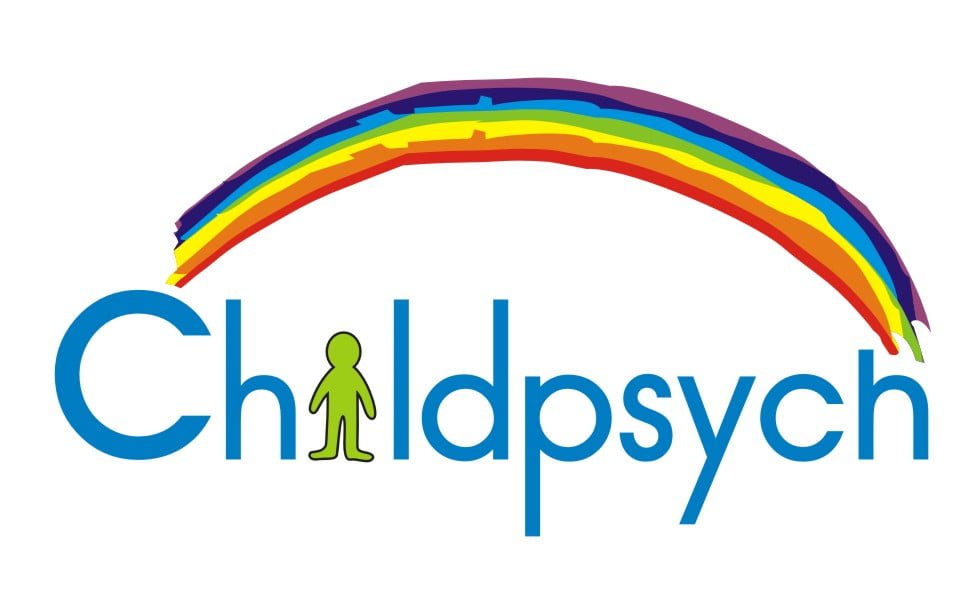 Managing a busy classroom can be stressful at the best of times. But there is a lot that you can do to support your learners diagnosed with ADD or ADHD. These interventions include classroom layout, lesson presentation and behaviour modification techniques
Managing a busy classroom can be stressful at the best of times. But there is a lot that you can do to support your learners diagnosed with ADD or ADHD. These interventions include classroom layout, lesson presentation and behaviour modification techniques
Classroom layout
- •Arrange desks in rows or semi-circles rather than in groups.
- •Place the ADHD child in the front row to avoid visual distractions. While learners who are easily distracted by auditory stimuli will benefit from sitting at the back of the class. This helps prevent them from constantly looking back to find the source of the distraction.
- Schedule time for children to organise their desks.
- •Use visual reminders such as posters to emphasise class rules.
- •Keep the environment as noise-free as possible. (Playing classical music softly in the background might help to drown out traffic noises etc, while improving concentration at the safe time).
- •Seat the ADHD child away from his or her friends.
- Try not to have too many distracting posters or clutter in the classroom.
Lesson presentation
- Present the most demanding tasks in the morning or at the beginning of the lesson.
- Use as many multi-sensory aids as possible, BUT keep it relevant.
- Break tasks up into smaller segments
- Make use of role-play if possible (this technique is especially useful when discussing Literature pieces as well as Historical events)
- Combine verbal directions with illustrations and/or demonstrations if possible
- Use BIG BLACK print on all transparencies, worksheets and handouts.
- Underline important concepts in coloured chalk
- Give frequent short quizzes and avoid long tests
- Provide an outline of work to be covered at the beginning of a lesson as this creates a sense of predictability and enables the ADHD learner to manage his/her distractibility
- Warn learners 5 min before changing to a new activity
- Allow ADHD learners time at the end of each lesson to organise homework materials
- Allow frequent rest breaks
- Power point and other multi-media presentations are interactive and interesting – try to use these as often as possible
- Remind ADHD learners of due dates for projects and assignment daily
- Provide feedback as soon as possible
- Let your ADHD student tutor a younger student
Impulsivity and Fidgeting
- Make eye-contact with the ADHD learner and ask him to paraphrase your instructions before allowing him to complete a task.
- Emphasise that a group’s work will be collected together – as learners with ADHD often race ahead of the group making careless and impulsive decisions.
- Use the ADHD learner’s textbook or worksheet as an example, as this forces her to pay attention to you and minimises fidgeting behaviour.
- Let ADHD children write notes on the board as you present your lesson; this encourages them to concentrate and also provides them with an outlet for excess kinetic energy.
- Give worksheets 1 sheet at a time where possible to avoid impulsive decision making
- Emphasise checking own work. This provides valuable feedback to ADHD learners and helps to combat impulsive decision making
- Allow ADHD learners to complete work on a word processor if possible as untidy handwriting and spelling mistakes due to impulsive decision making often frustrates and demotivates learners.
Behaviour modification
- •Praise good behaviour often
- •Praise specific behaviour
- •Provide rewards or privileges if possible
- •Ignore bad behaviour, but not anti-social behaviour
- •Avoid corporal punishment
- •Provide a safe space for learners – anxiety often contributes to an ADHD learner’s distractibility
- •Talk through classroom conflicts as they happen to help ADHD learners recognize the role they play in fuelling conflicts
- •Role play problems ahead of time. This will decrease impulsive and unpredictable behaviour.
- •Organise “discussion groups” to work on social skills
- •Encourage ADHD learners to think out loud when appropriate as this will enable both the learner and the educator to become aware of the learner’s thought processes.
- •Encourage ADHD learners to wait 15 seconds before answering a question to discourage impulsive decision making
Keep in mind that, when compared to their peers, learners with ADHD are often advanced in their intellectual development but delayed in their emotional development
Also check out our Learning Difficulties Pinterest page for more articles, tips and advice: https://za.pinterest.com/anelannandale/barriers-to-learning/



